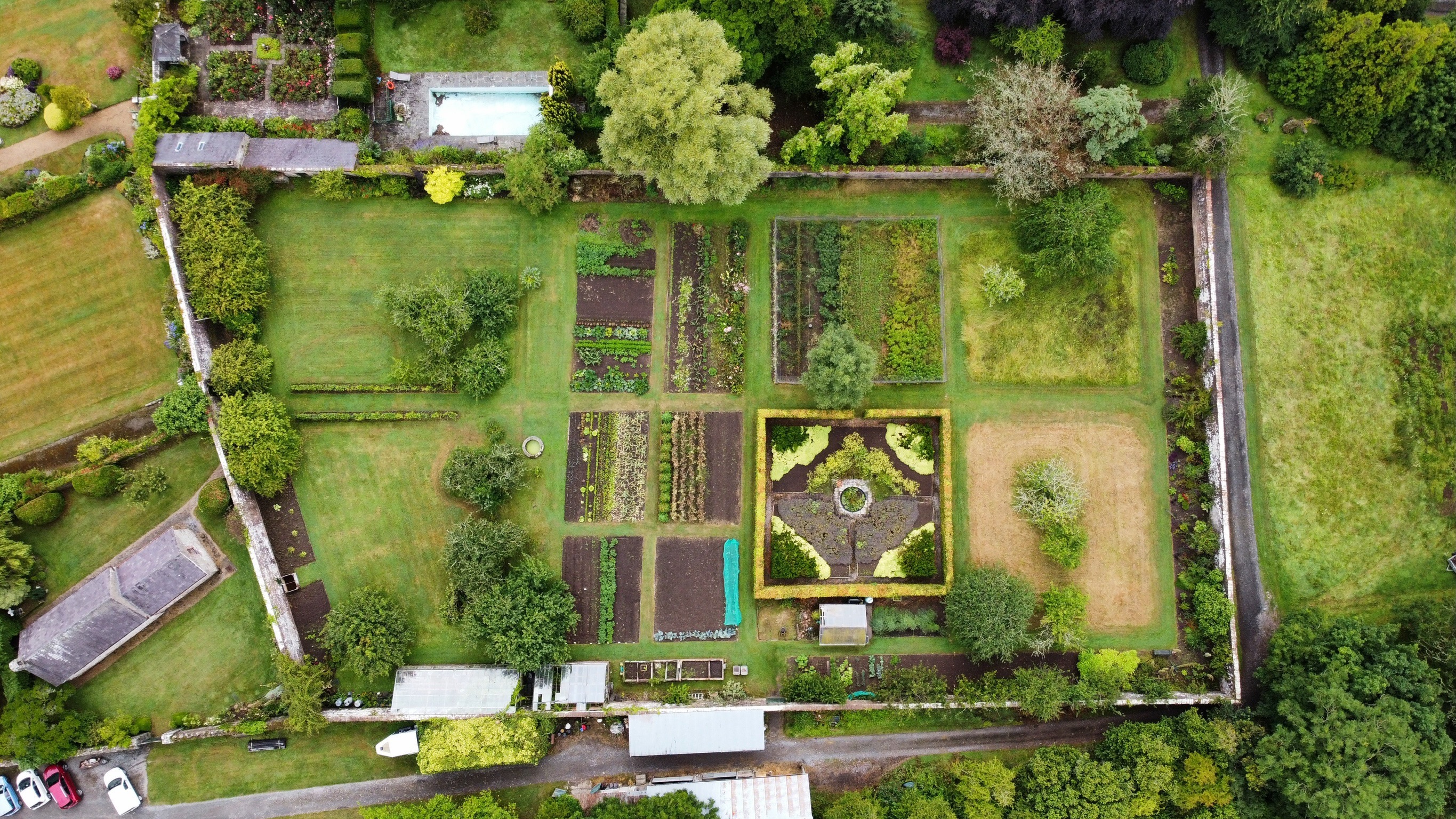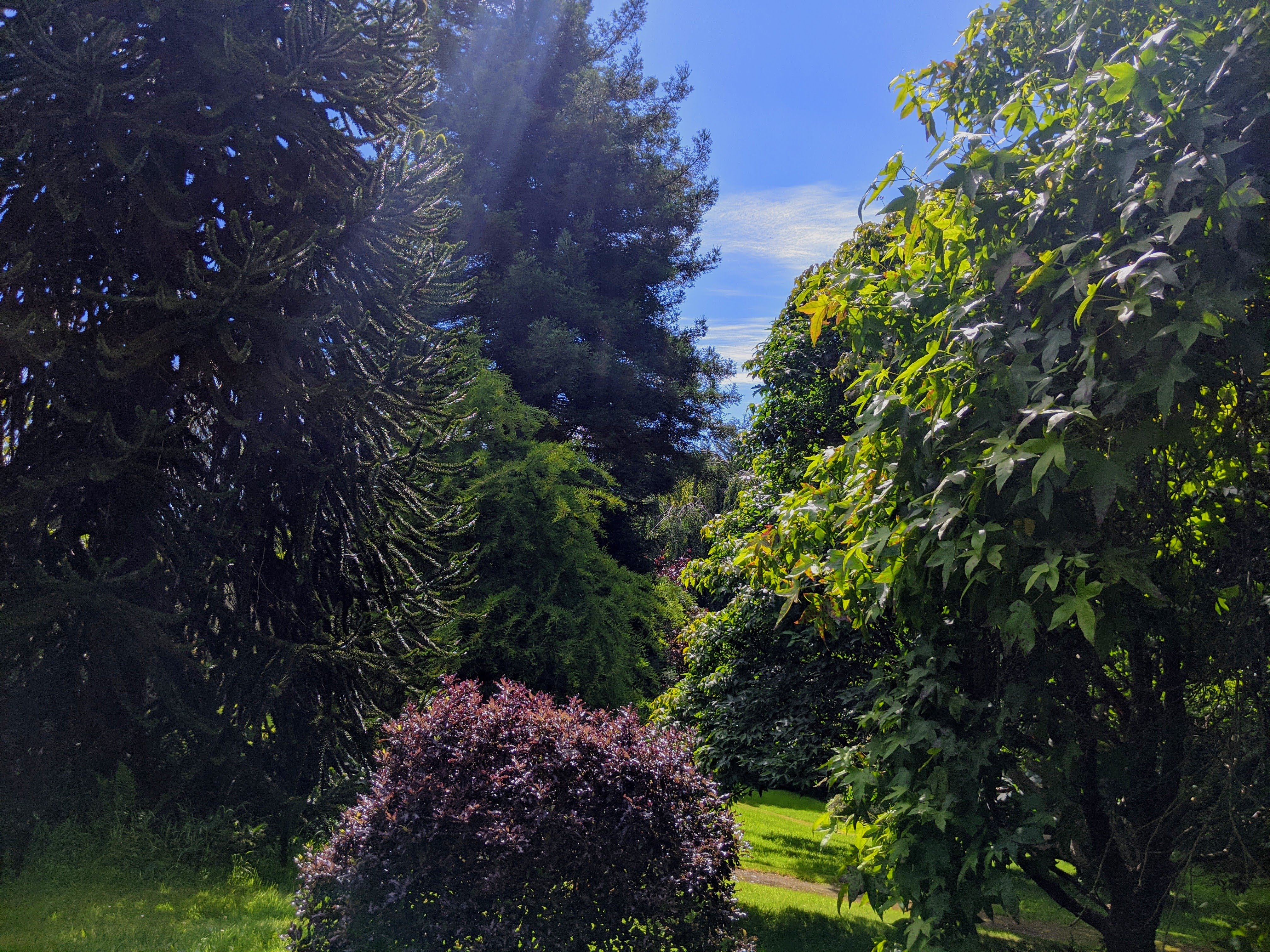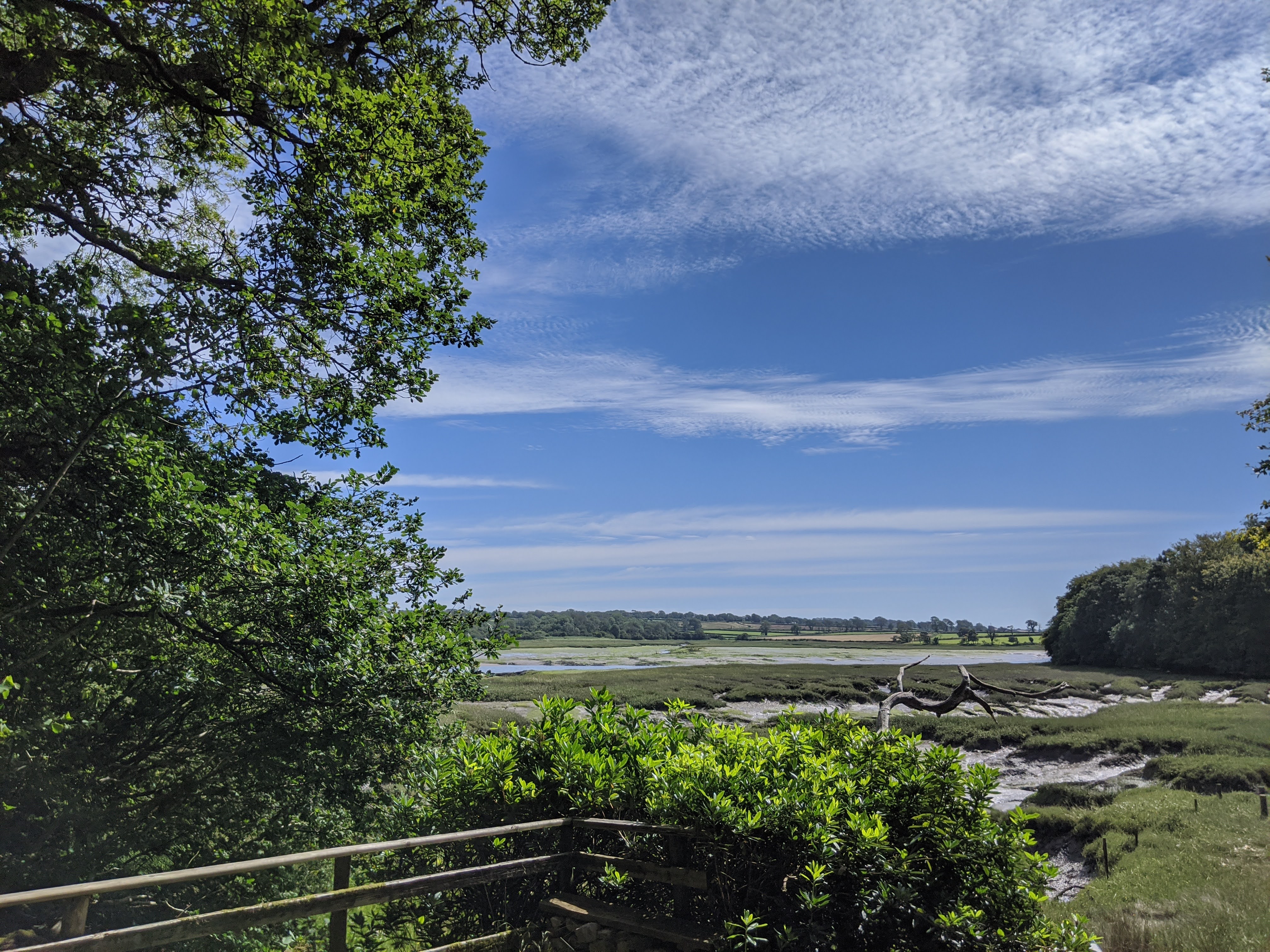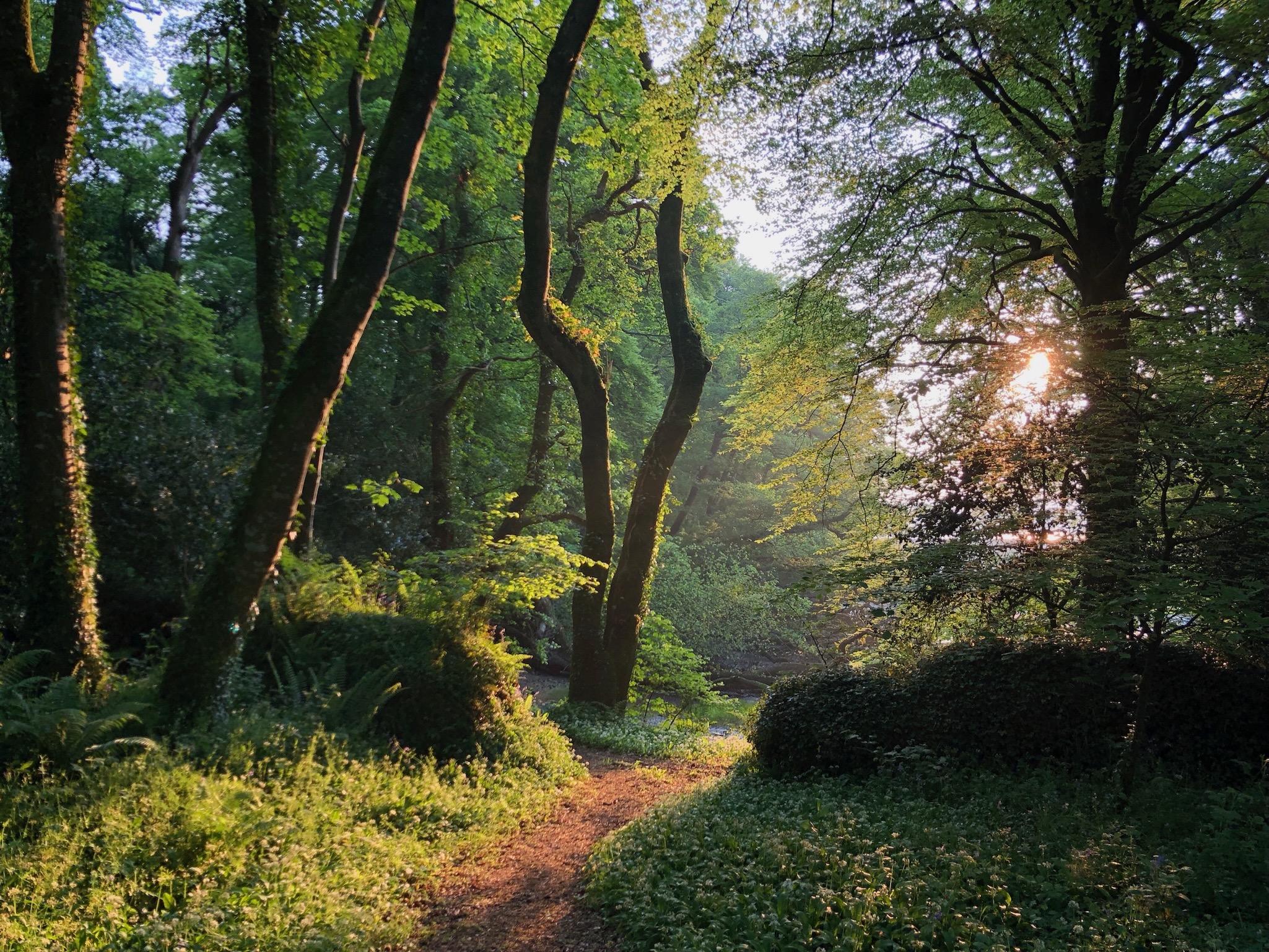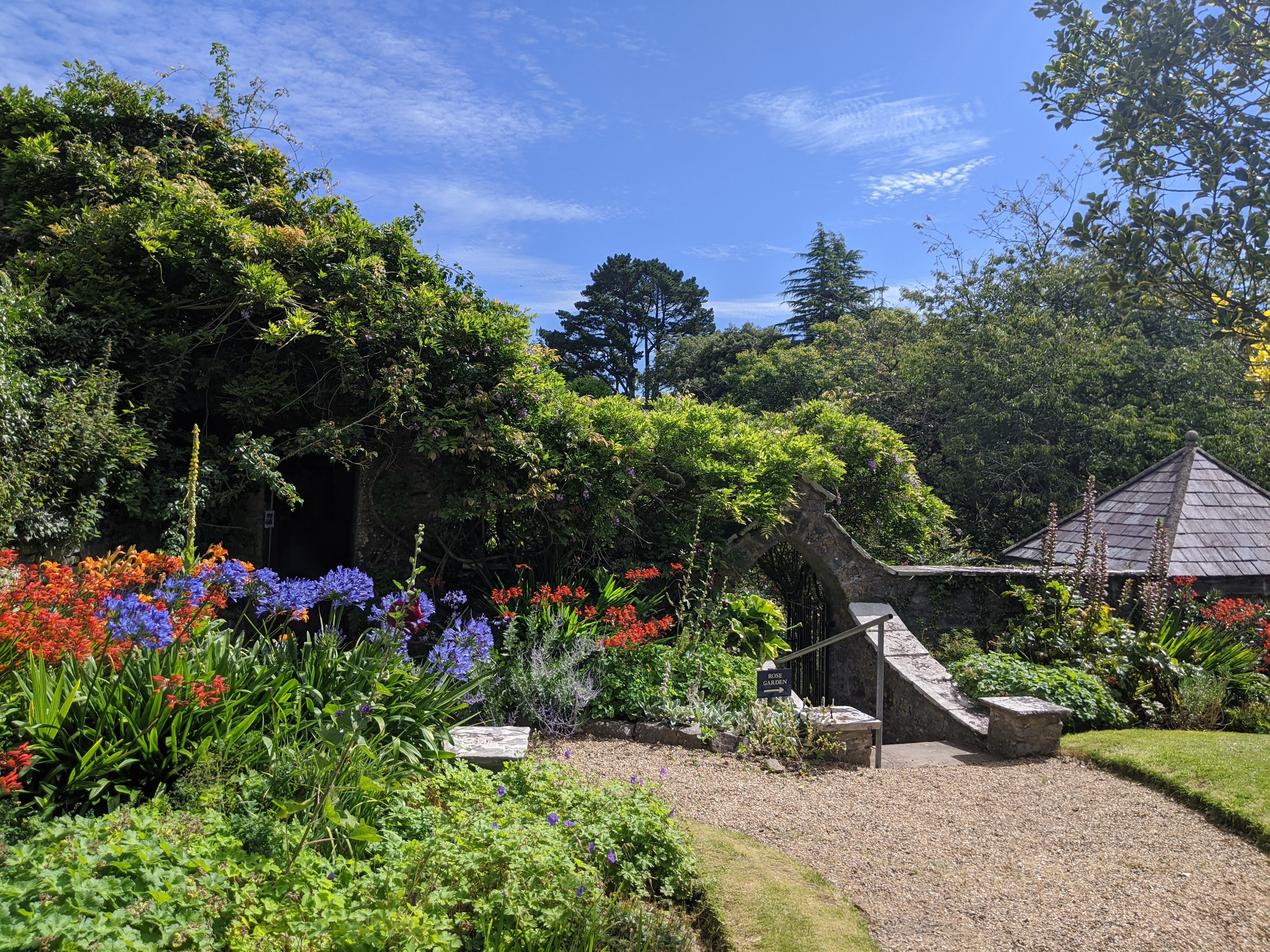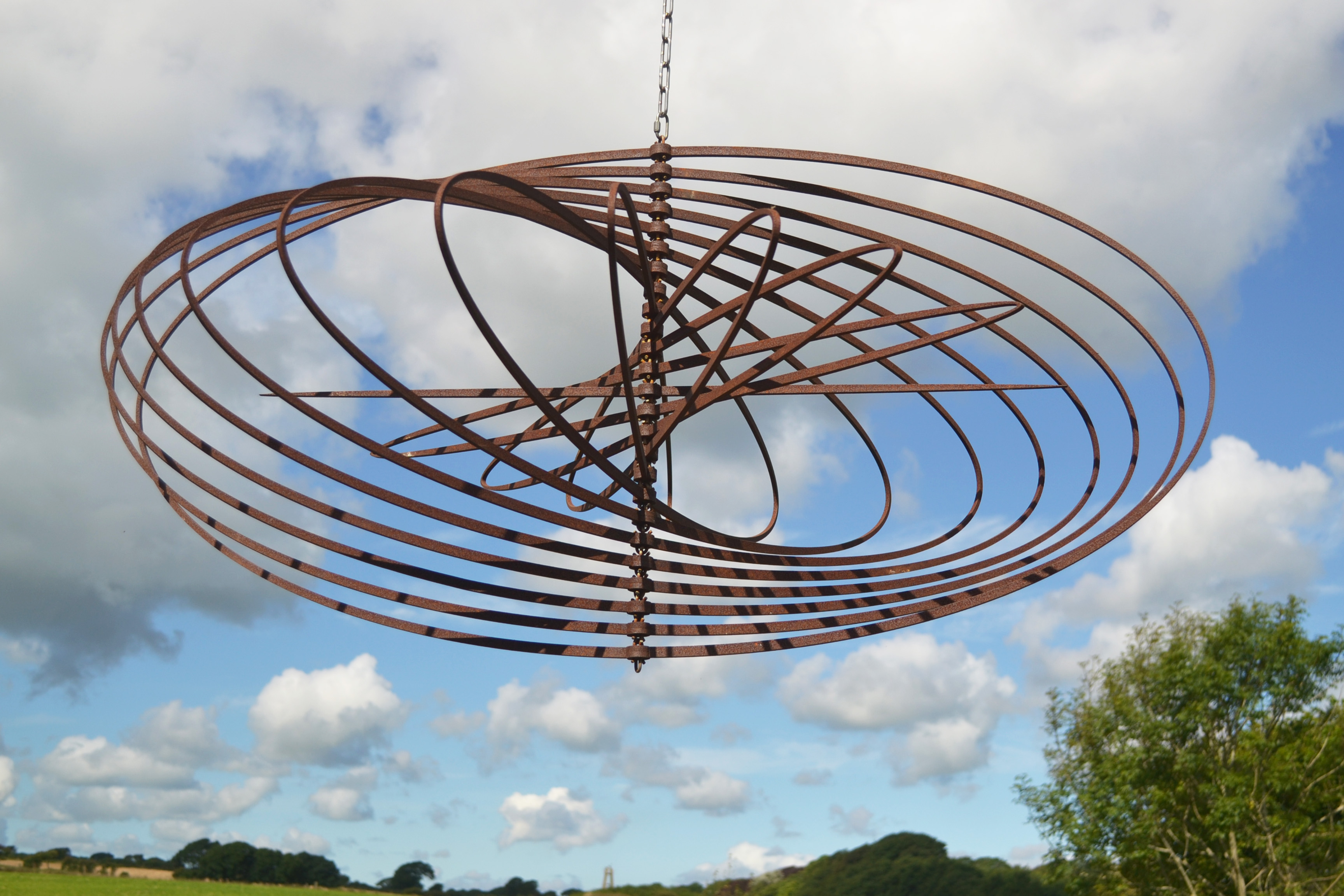Step back in time as you enter our walled garden, dating back to circa 1790.
Here you’ll find a cornucopia of delights, from flourishing vegetable beds to a fragrant herb garden.
While our historic greenhouses may show signs of age, they still whisper of bygone eras.
Wander among our fruit trees bearing apples and plums.
